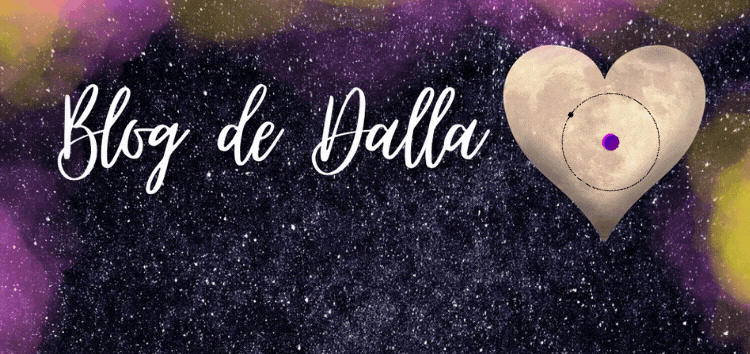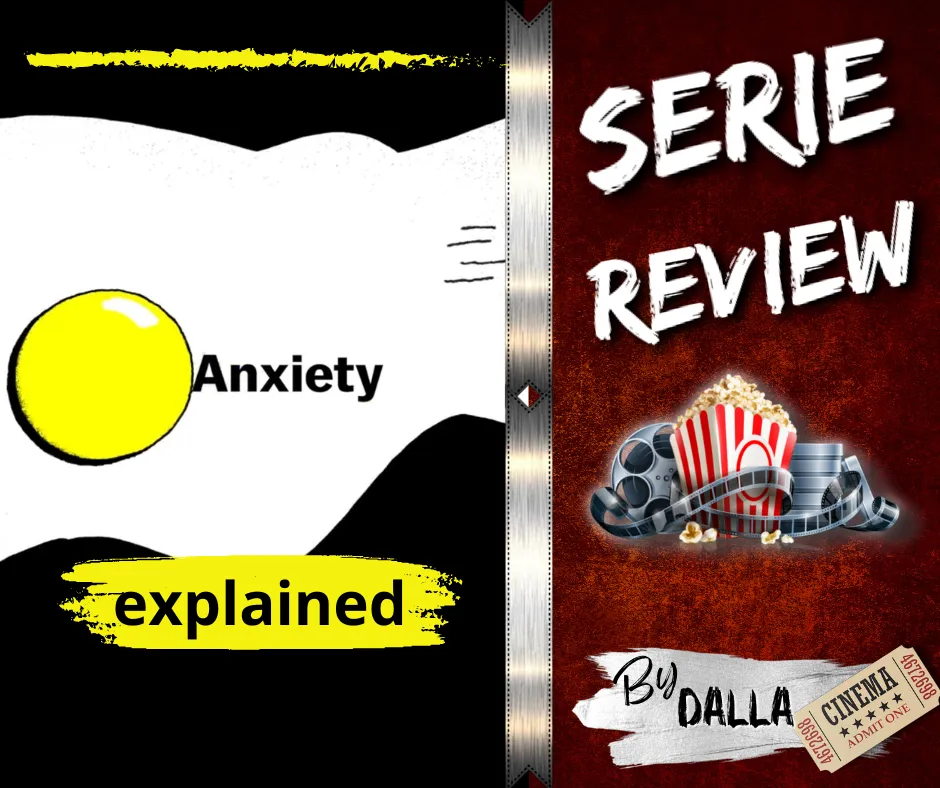

Saludos mis hivers espectadores del cine de #hive, el día de hoy les traigo la review/ análisis del capítulo de la serie "Explained" de la plataforma Netflix en el cual decidieron hablar de la "Ansiedad".
Les he comentado que estas reseñas las hago por separado, ya que es una serie estilo documental donde tocan temas de la mente humana muy distintos unos de otros, por lo que me gusta que la información de ellos quede en mi blog de Psicoayuda disponibles como un resumen para quienes me leen y quieran aprender de ellos.
Basándome en eso, les advierto siempre que muy probablemente van a encontrar por aquí algo de Spoilers, sin embargo, si están realmente interesados en aprender sobre los Trastorno de Ansiedad seguirás leyendo este post porque esto es solo un preámbulo sobre todo lo que encontrarás en el capítulo.
Greetings my hivers #hive movie viewers, today I bring you the review/analysis of the chapter of the series "Explained" of the Netflix platform in which they decided to talk about "Anxiety".
I have told you that I do these reviews separately, since it is a documentary style series where they touch on topics of the human mind very different from each other, so I like to keep the information of them in my Psychohelp blog available as a summary for those who read me and want to learn from them.
Based on that, I always warn you that you will most probably find some Spoilers here, however, if you are really interested in learning about Anxiety Disorder you will continue reading this post because this is just a preamble about everything you will find in the chapter.
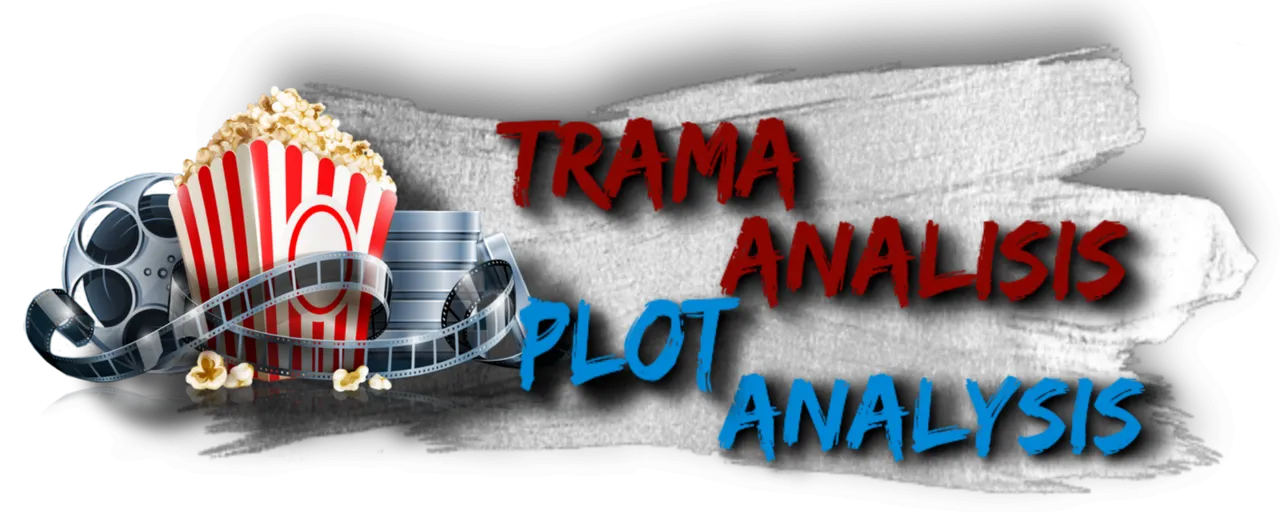
Asumo que muchos por ahí ya saben lo que es la Ansiedad, las repercusiones que tiene para una persona que está constantemente pasando por ella, de una forma desproporcionada o sin tener un desencadenante claro, hablamos en estos casos de los Trastornos de Ansiedad como también conocemos a la presencia de Ansiedad en un individuo, pero de forma patológica.
Este capítulo es el perfecto para colocarlo a una persona que no tiene absoluta idea de lo que significa la Ansiedad o sus formas patológicas, porque explican de una forma bastante esquemática y fácil de entender lo que significa tener esta terrible enfermedad mental.
Les comento que justo cuando en el inicio empiezan a explicar el origen de la Ansiedad tuve un dejavu de la primera vez que me explicaron la diferencia del sistema autonómico, también llamado simpático y el parasimpático, supongo que muchos deben haber escuchado hablar alguna vez de él, en esos libros de primaria siempre nos contaron la historia de un ciervo que estaba siendo visto por un León y todos los mecanismos que se ponían en funcionamiento en este momento para evitar que ese ciervo fuera cazado por el León.
En el capítulo no hay un ciervo, hay un jabalí, pero el mecanismo fisiológico es el mismo que ocurriría y es interesante como hacen la analogía con el ser humano, para que comprendamos que nuestro cerebro básicamente lleva a cabo esos mismos mecanismos, pero de una forma mucho más compleja porque ha evolucionado un poco más que el de ese ciervo o ese jabalí, pero al final, el objetivo que se busca es el mismo, huir del peligro.
I assume that many out there already know what Anxiety is, the repercussions it has for a person who is constantly going through it, in a disproportionate way or without having a clear trigger, we talk in these cases of Anxiety Disorders as we also know the presence of Anxiety in an individual, but in a pathological way.
This chapter is the perfect one to place it to a person who does not have absolute idea of what means Anxiety or its pathological forms, because they explain in a quite schematic and easy to understand way what it means to have this terrible mental illness.
I tell you that just when at the beginning they start to explain the origin of Anxiety I had a dejavu of the first time they explained me the difference of the autonomic system, also called sympathetic and parasympathetic, I guess many must have heard about it sometime, in those primary school books they always told us the story of a deer that was being seen by a Lion and all the mechanisms that were put into operation at this moment to avoid that deer to be hunted by the Lion.
In the chapter there is no deer, there is a wild boar, but the physiological mechanism is the same that would occur and it is interesting how they make the analogy with the human being, so that we understand that our brain basically carries out those same mechanisms, but in a much more complex way because it has evolved a little more than that of that deer or that wild boar, but in the end, the objective that is sought is the same, to flee from danger.

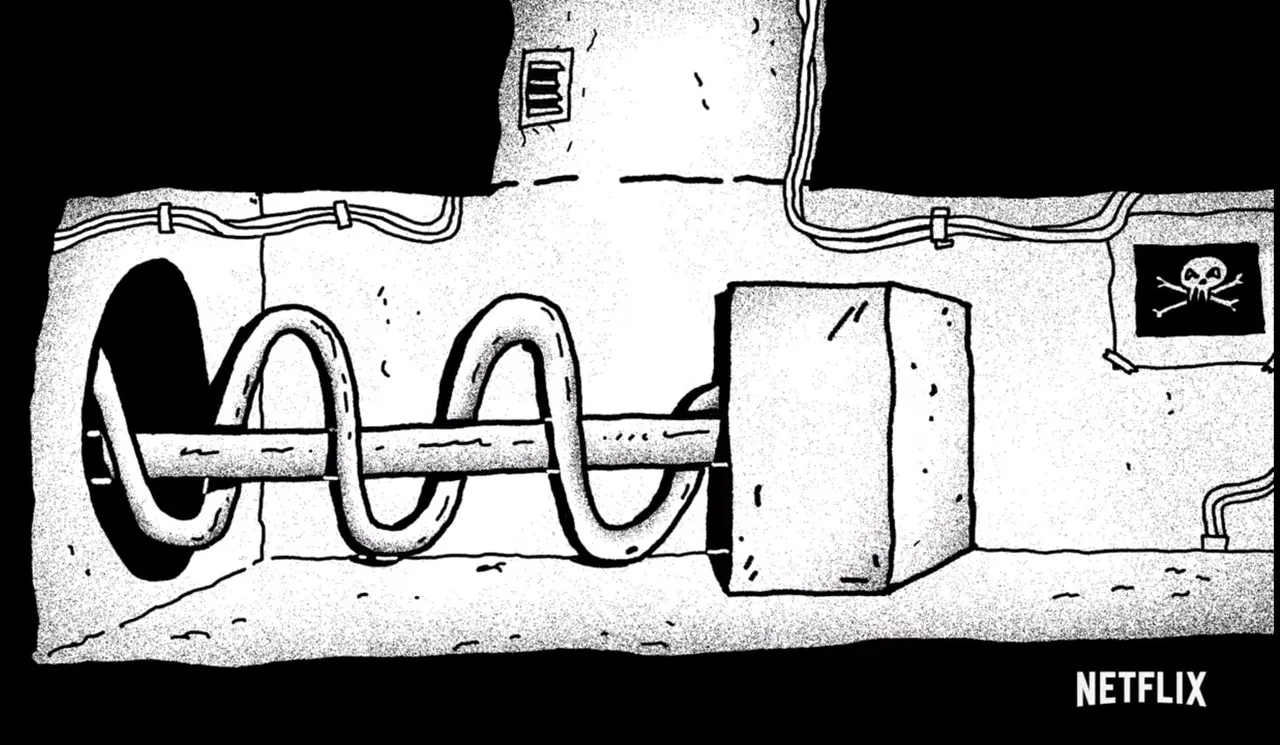
Explicarle esto a una persona no es siempre del todo fácil y mucho menos recordable, por eso me gustó que los productores de este programa usan un recurso que he visto en cada capítulo basado en gráficos y esquemas con muchos dibujos, es una especie de mapa mental, por lo que no solamente estarás viendo un capítulo, recordando o aprendiendo algo nuevo, es que, además, están haciendo un esfuerzo porque quede una gran porción de lo explicado en tu memoria.
Por otro lado estamos acostumbrados a siempre escuchar hablar a psicólogos o psiquiatras sobre este tema, pero me agrada que además incluyan a un Neurocientífico, de tal forma que podemos enfocarnos en el mecanismo a nivel cerebral del por qué se da la Ansiedad, sus diferentes patologías y de comprender que no es algo tan fácil de manejar con un simple: "Tranquilo, tu puedes con eso, todo va a estar bien", básicamente traer a una persona dedicada 100% a ciencias le da muchísimo mayor credibilidad del que podría darle cualquiera de las otras ramas.
Explaining this to a person is not always easy and much less rememberable, so I liked that the producers of this program use a resource that I have seen in each chapter based on graphics and diagrams with many drawings, it is a kind of mind map, so you will not only be watching a chapter, remembering or learning something new, is that, in addition, they are making an effort because a large portion of what is explained in your memory.
On the other hand we are used to always hear psychologists or psychiatrists talking about this topic, but I like that they also include a Neuroscientist, so we can focus on the mechanism at the brain level of why Anxiety occurs, its different pathologies and understand that it is not something so easy to handle with a simple: "Relax, you can handle it, everything will be fine", basically bringing a person dedicated 100% to science gives much more credibility than any of the other branches.
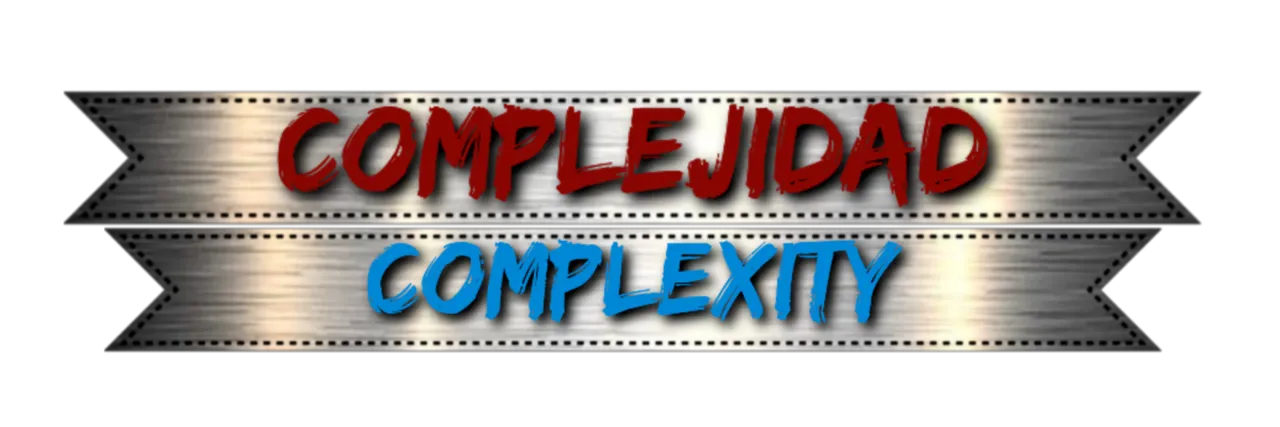
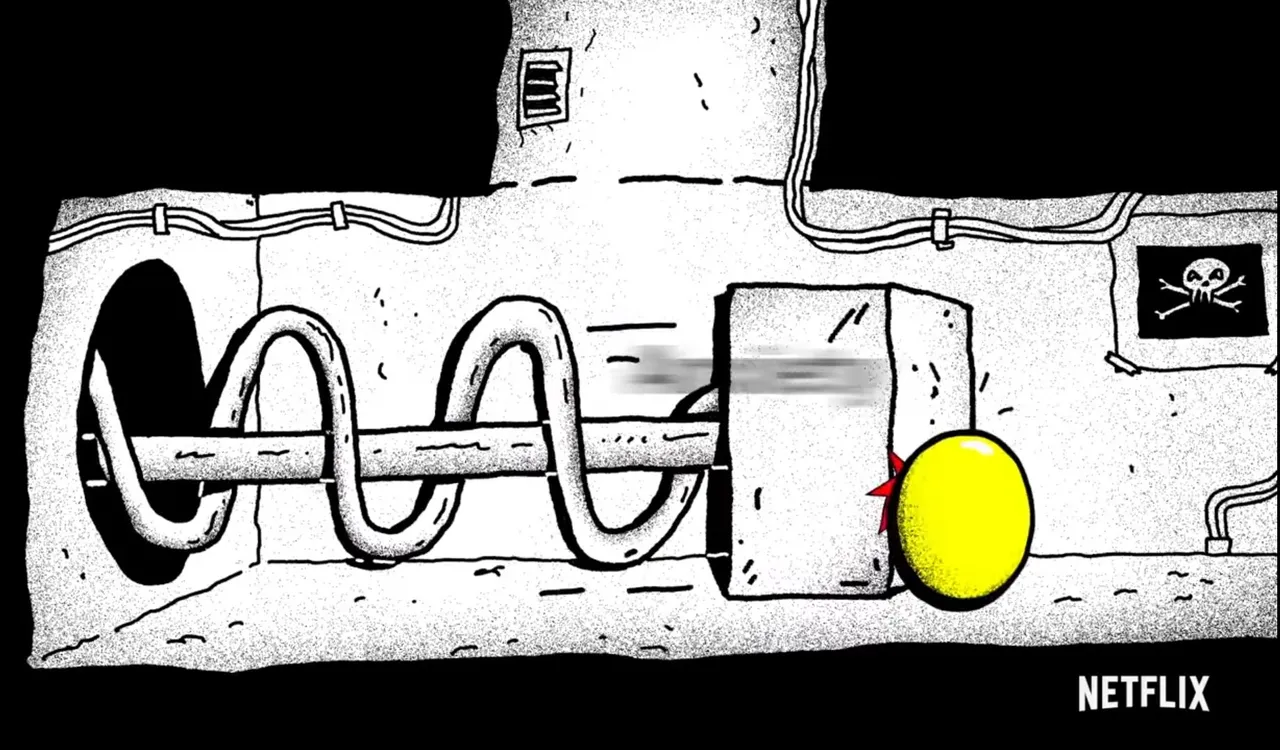
Y es que la Ansiedad es un proceso que puede ser explicado como varios mecanismos químicos, tal cual como ecuaciones de laboratorio o reacciones que se dan de forma espontánea y donde la voluntad realmente no tiene la influencia que muchos creen tener. Esto sirve para entender el hecho de que los Trastornos de Ansiedad no se basan sólo en formas de pensar y en problemas emocionales manejables a libre voluntad, es que hay realmente una alteración funcional en las neuronas cerebrales que condicionan la enfermedad.
Por supuesto los factores mentales son importantes, como la voluntad, por ejemplo, para intentar entender lo que está mal en ti, para buscar ayuda y poner en práctica las recomendaciones que, con una práctica constante, podrán generar un cambio. Se trata de eso, de constancia de aprendizaje con terapia y tratamiento médico, más que de solo querer o poner de tu parte.
Esto último que les digo es importante para el primer punto que tratan en el programa y es comprender por qué los Trastornos de Ansiedad son las Enfermedades Mentales más frecuentes en el mundo, correspondiendo a más de un 30% de la población mundial, a lo largo del capítulo podrán ver de forma bastante resumida las principales variables que influyen en su origen y del por qué es tan difícil ponerles fin.
Anxiety is a process that can be explained as various chemical mechanisms, such as laboratory equations or reactions that occur spontaneously and where the will does not really have the influence that many believe it has. This serves to understand the fact that Anxiety Disorders are not only based on ways of thinking and emotional problems manageable at will, there is actually a functional alteration in the brain neurons that condition the disease.
Of course mental factors are important, such as the will, for example, to try to understand what is wrong with you, to seek help and put into practice the recommendations that, with constant practice, can generate a change. It is about that, about constancy of learning with therapy and medical treatment, more than just wanting or doing your part.
This last point is important for the first point of the program, which is to understand why Anxiety Disorders are the most frequent Mental Illnesses in the world, corresponding to more than 30% of the world's population. Throughout the chapter you will be able to see in a summarized way the main variables that influence their origin and why it is so difficult to put an end to them.


Me encanta que ponen de manifiesto en el capítulo algo que veo constantemente, pero que para muchos es difícil y es que hemos llegado a un punto de la historia donde ir a terapia psicológica se ve más como una señal de fortaleza mental que como debilidad, así que realmente el dar visibilidad a estas enfermedades sí generan un efecto positivo, aunque también vemos la parte negativa y es el estigma social, pero, de acuerdo a los estudios y a lo que vemos en la práctica, parece ir en detrimento.
I love that you highlight in the chapter something that I see constantly, but that for many is difficult and that is that we have reached a point in history where going to psychological therapy is seen more as a sign of mental strength than as weakness, so really giving visibility to these diseases does generate a positive effect, although we also see the negative side and that is the social stigma, but, according to studies and what we see in practice, it seems to be detrimental.

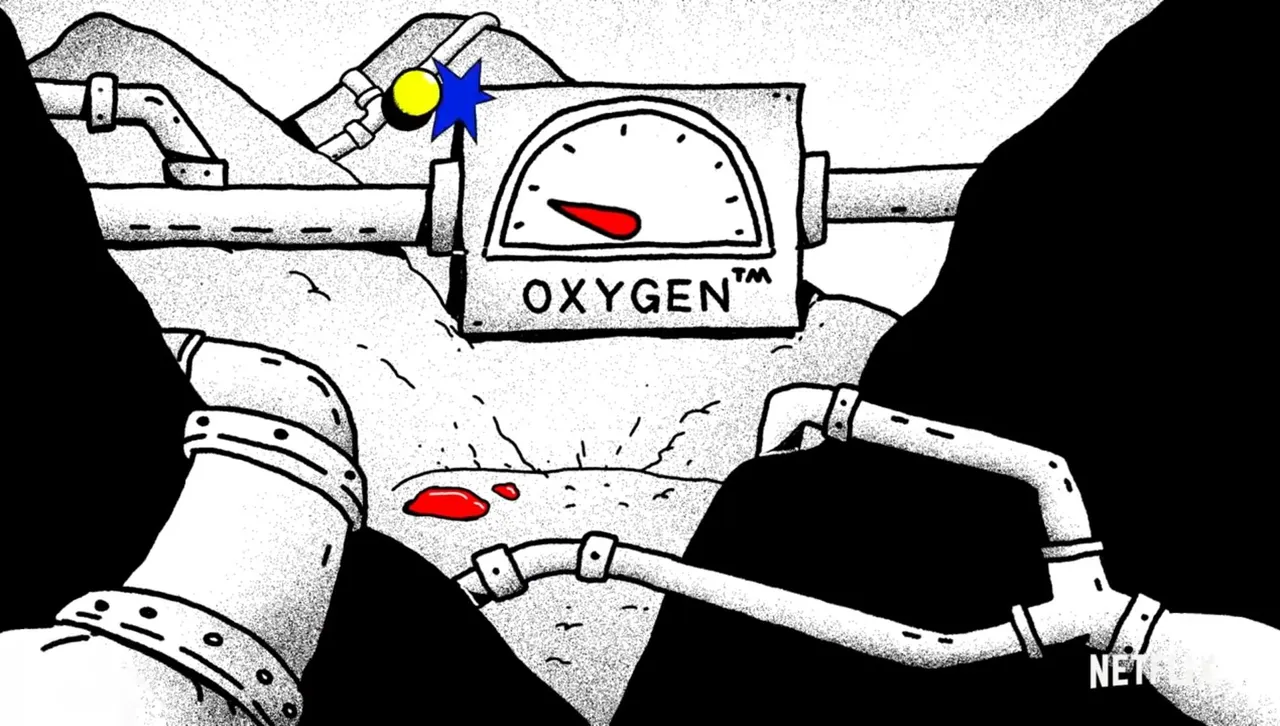
Este punto que tocan en el programa también me pareció súper importante de recalcar porque te explican cómo realmente estos trastornos no son algo nuevo, es algo que ha existido siempre y que en la medida en la que se han presentado distintas crisis mundiales se han puesto de manifiesto, solo que anteriormente no se estudiaban y no se tenían el suficiente conocimiento de ellos.
Con ejemplos históricos muy sencillos y fáciles de recordar pueden darse cuenta como todo lo que dicen es real, lo que te hará quitarte la venda de los ojos que te hace creer que actualmente es cuando se tiene mayor porcentaje de estas enfermedades por la Generación de Cristal y parecemos estar en una Epidemia, cuando en realidad son enfermedades que siempre han existido, podríamos inducir que incluso en porcentajes parecidos a los de la actualidad.
This point that they touch on in the program also seemed super important to me to emphasize because they explain how these disorders are not really something new, it is something that has always existed and that to the extent that there have been different global crises have been revealed, only that previously they were not studied and did not have enough knowledge of them.
With very simple and easy to remember historical examples you can realize how everything they say is real, which will make you take off the blindfold that makes you believe that currently is when there is a higher percentage of these diseases by the Generation of Crystal and we seem to be in an Epidemic, when in fact they are diseases that have always existed, we could induce that even in percentages similar to those of today.


Es interesante este apartado final del que hablan en el capítulo, lo veo así como lo puse en el título: Un círculo vicioso y es que el ser humano parece convertirse cada vez más en su propio enemigo mental y ha ido creando a lo largo de los años más y más invenciones para tener mayor tendencia hacia la ansiedad, básicamente nos dan a entender que si bien el camino que tomamos en la actualidad es el adecuado, al comprender que el buscar ayuda es una señal de fortaleza, por otro lado estamos creando cada día nuevas forma de desarrollar ansiedad en nosotros mismos, como por ejemplo a través del uso masivo de tantas RRSS.
El capítulo finaliza con la mejor de las recomendaciones para quienes sufren de estas enfermedades o quienes están en contacto con alguien que la sufre y que es el pilar fundamental del tratamiento, no se los diré por aquí, porque quiero que vayan a ver el capítulo completo, aunque si han leído algunos de mis post de Psicoayuda espero hayan llegado a esta conclusión por sí solos.
It is interesting this final section they talk about in the chapter, I see it as I put it in the title: A vicious circle and is that the human being seems to become more and more in his own mental enemy and has been creating over the years more and more inventions to have greater tendency towards anxiety, basically we are given to understand that although the path we take today is the right one, to understand that seeking help is a sign of strength, on the other hand we are creating every day new ways to develop anxiety in ourselves, such as through the massive use of so many RRSS.
The chapter ends with the best of recommendations for those who suffer from these diseases or who are in contact with someone who suffers from it and that is the cornerstone of treatment, I will not tell you here, because I want you to go see the full chapter, although if you have read some of my Psychohelp posts I hope you have come to this conclusion by yourself.

¿Me gustó? Quisiera decirles lo mismo que los otros capítulos, que me encantó, pero les mentiría porque sentí este capítulo muy corto o escaso de información, después recuerdo que realmente estos últimos capítulos que he visto corresponden a la primera temporada porque fui yo la que empezó mal 🙃 y entonces comprendo por qué es que los capítulos que ya vi parecen mejor desarrollados, de todas formas, y siendo bastante realista, dudo que un solo capítulo de una serie que nos hable de Ansiedad y sus trastornos pueda ser suficiente para lo que yo considero que se debe informar sobre ella.
¿Lo Recomendaría? Sí, por ahora para quienes tienen cero o poco conocimiento de las enfermedades que corresponden al espectro de los Trastornos de Ansiedad y tengan interés en comprender sobre todo por qué se produce y la razón del por qué es tan difícil erradicarlas por completo.
Did I like it? I would like to tell you the same as the other chapters, that I loved it, but I would lie to you because I felt this chapter very short or scarce of information, then I remember that really these last chapters I have seen correspond to the first season because I was the one who started wrong 🙃 and then I understand why is that the chapters I already saw seem better developed, anyway, and being quite realistic, I doubt that a single chapter of a series that tells us about Anxiety and its disorders can be enough for what I consider that it should be informed about it.
Would I recommend it? Yes, for now for those who have zero or little knowledge of the illnesses that correspond to the spectrum of Anxiety Disorders and have an interest in understanding above all why it is produced and the reason why it is so difficult to eradicate it completely.

Thank you for reading me!

All the images were taken as screenshots from the documentary on Netflix.
@liveofdalla using Canvas App and Picsart App.
